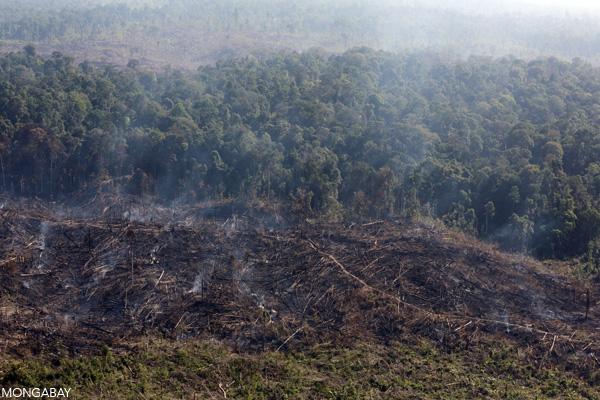Scientists have discovered a “supercolony” of Adélie penguins in Antarctica’s remote Danger Islands, raising hopes that the bird’s population isn’t declining as rapidly as previously thought.
The discovery, which is documented in a paper published recently in Scientific Reports, came after Stony Brook University biologist Heather Lynch and NASA’s Mathew Schwaller noticed apparent guano stains in satellite images of the Danger Islands, a remote chain of normally ice-locked islands off the Antarctic Peninsula, in 2014.




